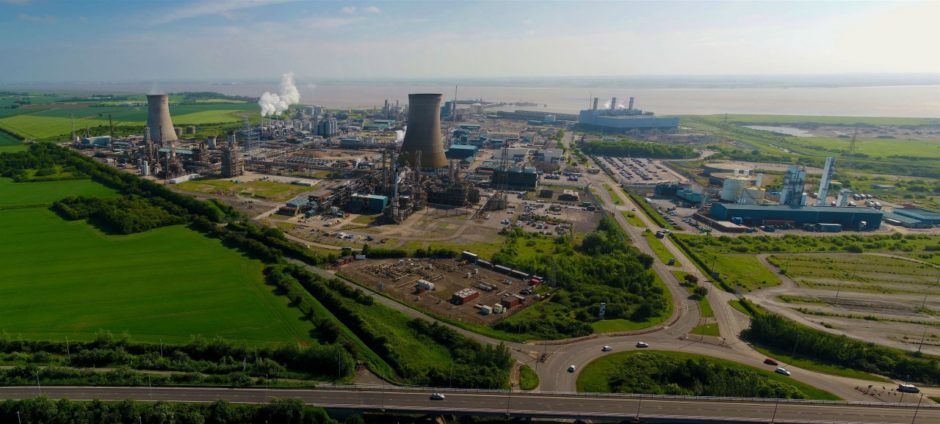 © px Group
© px Group UK Prime Minister Boris Johnson’s 10-point plan put hydrogen at number two on the list, but panellists at session four of Energy Voice’s ETIDEX event wanted more clarity.
Johnson set out an aim to generate 5 GW of low-carbon hydrogen capacity by 2030. This would go to industry, transport, power and homes. The plan also called for a first town to be heated entirely by the feedstock.
The aim is to achieve a “hydrogen neighbourhood” by 2023, growing to a hydrogen village by 2025 and a hydrogen town by the end of the decade. There are a handful of pilot projects under way currently, including SGN’s East Neuk project, near Fife.
In order to pursue this target, the government announced plans to invest up to £500 million on the sector. Of this amount, £240mn would go to new production facilities.
Eau de nil
Former energy minister Claire O’Neill, sacked in February after accusing Johnson of lacking leadership and saying the UK was off track with its climate ambitions, raised some concerns. Germany is aiming for a similar amount of hydrogen capacity by 2030 and is planning an investment of 9 billion euros.
The Johnson plan is “leading from the front”, she said, even while the amount of support could be higher. In particular, she raised the increased budget spending for defence, where Johnson will provide £16.5bn over the next four years.
“It’s not really a green revolution. It’s more eau de nil, it’s a bit pale. Let’s get serious and let’s think about the hard stuff first, rather than what can be put on an election leaflet,” O’Neill continued. If the government is serious about its hydrogen plans, it must set “realistic end goals and work out what we need to get to that point”.
A clear target would provide certainty to contractors and the supply chain. “It’s not just the next two years, it’s the next 20 years.”
Opportunities
DNV GL’s head of energy transition Graham Bennett noted that progress was being made in the UK’s hydrogen aspirations.
“There’s been a lot of engagement already … gas fitters and the extended supply chain are all coming up to speed. Whatever we choose to do, the challenge is massive – and there’s a massive opportunity for the supply chain to get stuck in,” he said.
The DNV GL executive went on to advocate for a national delivery authority, with end-to-end oversight of hydrogen. Such a body could both devise a strategy and implement it, he said.
There is growing international interest in hydrogen, primarily blue which will be faster and cheaper but shifting into green – produced from renewable sources – in the longer term. “It’s an almost unlimited resource to decarbonise economies,” Petrofac’s head of new energy services Jonathan Carpenter said in reference to green hydrogen.
The UK has major wind resources, while other parts of the world have other opportunities. Plans are moving ahead in the Middle East for solar-powered hydrogen production. “That kind of energy is a huge opportunity for desalination,” he said.
